What Is The Name Of The Poison That Makes Animal Thitsty
Guide to Poisonous Plants
Medically Reviewed by Debra Jaliman, MD on August 31, 2020
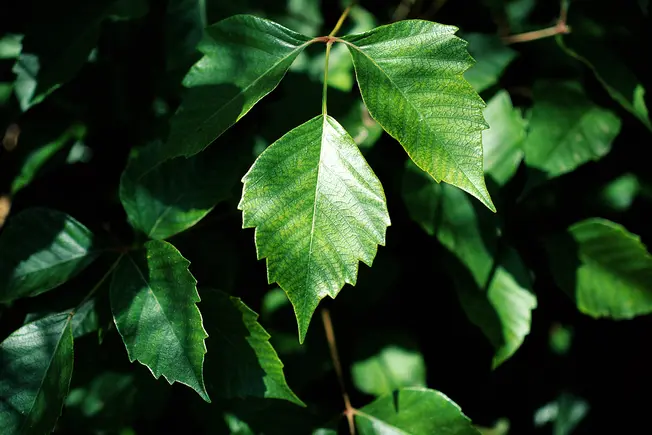
Poisonous substance Ivy
1/15
Like its cousins poison oak and poisonous substance sumac, it has an oily sap in its leaves chosen urushiol. This causes an allergic reaction that tin can make your skin red, swollen, and itchy. It grows over most of the U.Due south. except Alaska and Hawaii. Each stem grows into three "leaflets" that might help you notice information technology in the woods. In the Eastward, Midwest, and South, information technology grows as a vine, and in the North and the Westward as a shrub.

Poison Oak
2/15
It looks a lot similar poison ivy, but its leaves are more similar to those of an oak tree. The lord's day-facing side of the leaf has tiny hairs on it and is a darker shade of green than the ground-facing side. Though it grows all over the country, it'south more mutual in the West. It could exist hours or days earlier your skin reacts to the plant sap (urushiol). And your rash may eventually turn bumpy and class blisters that ooze.
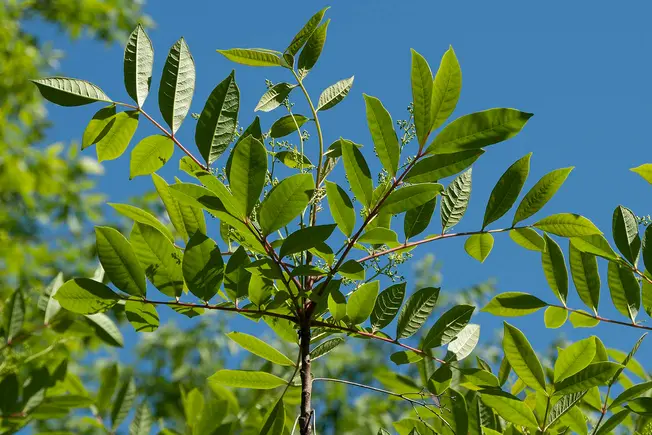
Poisonous substance Sumac
3/15
This woody shrub grows in moisture, swampy areas all over the U.Due south. Each stem has vii to thirteen leaves and clusters of green berries that droop. Cool showers and calamine balm might help relieve the itch, but by and large, you lot wait: A week or ii should bring relief. Encounter your doctor if the rash is on your face up or private parts, covers more than than 25% of your body, you discover pus from the rash, or you breathe in smoke from called-for leaves.
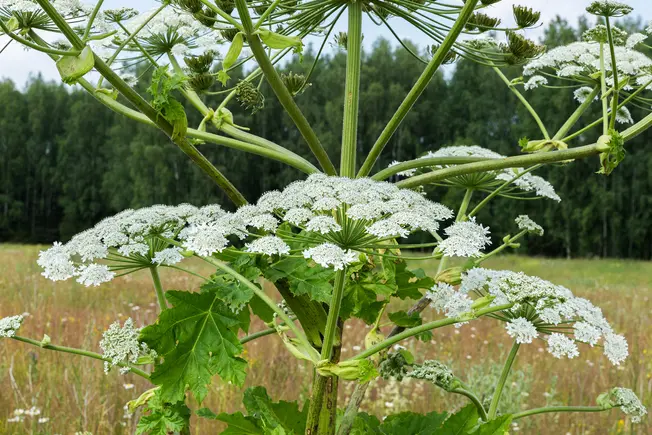
Giant Hogweed
4/15
It lives in the rich, moisture soil nearly ditches, streams, and farms, especially in the Northeast. It has umbrella-shaped groups of pocket-sized white flowers, leaves with deep creases, and stems with white hairs and purple splotches. It grows as tall as 15 feet. Its sap can make your peel more sensitive to ultraviolet light, which could blister, fire, or scar information technology, sometimes permanently. It could even damage your vision.
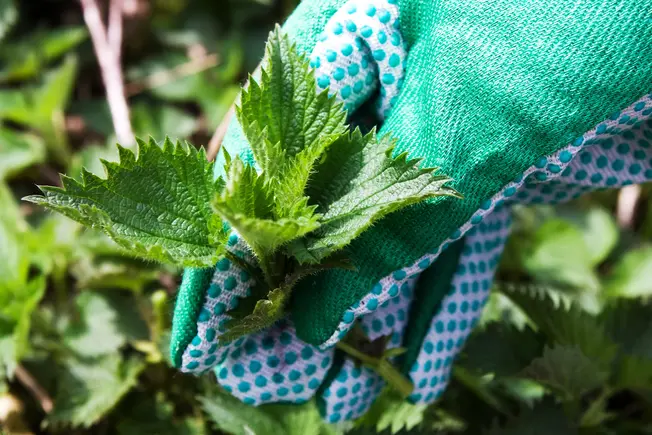
Stinging Nettle
5/fifteen
The little hairs on the stems of these plants tin can inject your peel with a combination of chemicals. 1 of these, formic acrid, helps put the "sting" in bee stings and fire ant bites. Information technology'due south part of what causes the itchy and even painful allergic skin reaction. Stems abound unbranched in patches to about 4 feet alpine, but sometimes equally high equally 6 feet. Look for those stinging hairs on the stem, which are the telltale sign.
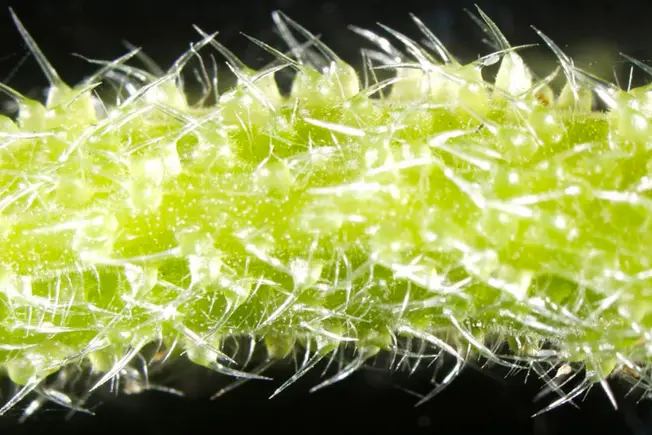
Australian Stinging Tree
6/15
While the American and European versions are safe, scientists have found a new neurotoxin in the Australian dendrocnide tree that can crusade pain for days or fifty-fifty weeks. Tiny, fuzzy, needle-like growths called trichomes inject the poison, which is similar to that found in spiders and cone snails. Researchers named the new family unit of toxins gympeptides, after the tree's local name, the Gympie-Gympie stinging tree.
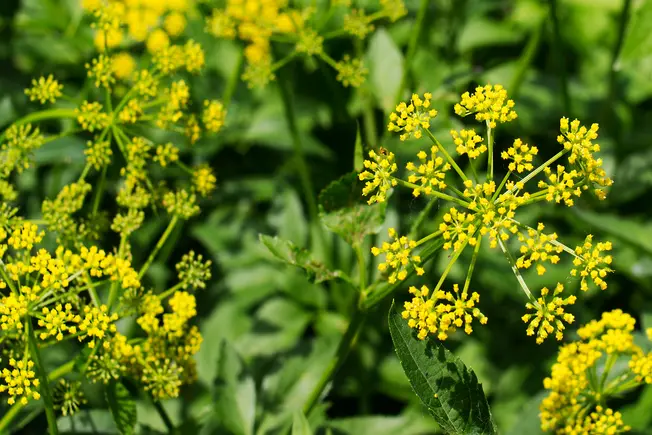
Wild Parsnip
7/15
Coarse, saw-toothed leaves abound on hairy, grooved stems that are 2 to v feet tall. The yellow flowers grow in an umbrella pattern like other plants in the carrot family unit. When juice from crushed leaves, stalks, or flowers touches your skin, sunlight tin cause a skin rash within a day or two. Await for the distinctive yellow blossom in fields, roadsides, pastures, and Midwestern prairie.
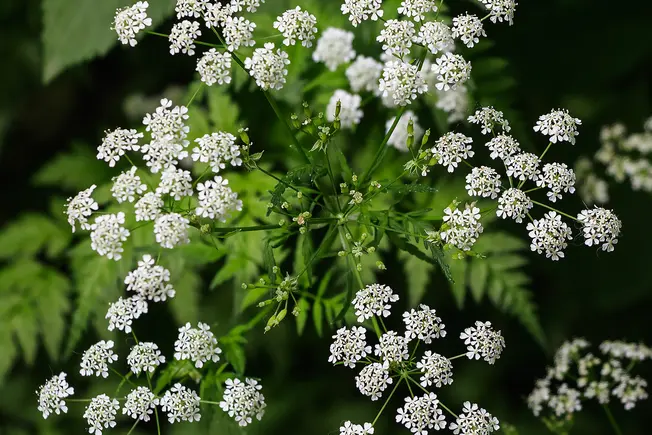
Poison Hemlock
8/15
This plant looks like a wild carrot or an unusually big parsley establish because of the umbrella-like bunches of tiny white flowers and distinctive leaves. Simply it might be poison hemlock if you see majestic blotches on the stalk, a ridged fruit, or if it grows specially large (3 to 7 anxiety alpine). It also has separated leaves that await like to parsley. Information technology can poison humans and livestock when eaten. You could also go sick if you absorb plant oils through your skin.
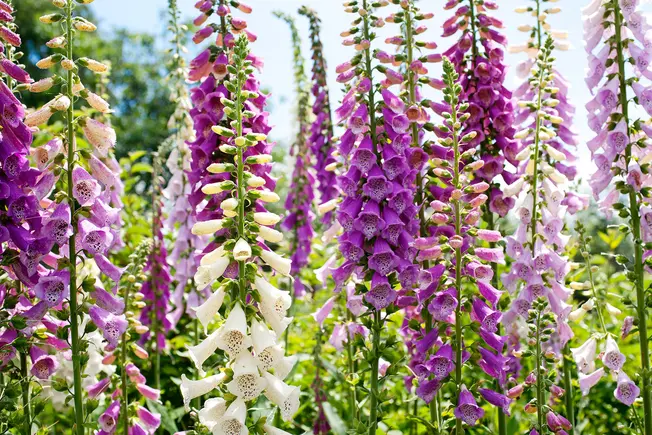
Foxglove
nine/15
People grow it for its looks throughout the United States. It thrives in the wild in some places, as well. Its bell-shaped flowers are oft brilliant royal but tin can be white, yellow, or pinkish. Information technology blooms in the spring. It also has a fruit with lots of seeds, which kids sometimes eat. All parts of the flower are poisonous and can wearisome or disrupt your center.
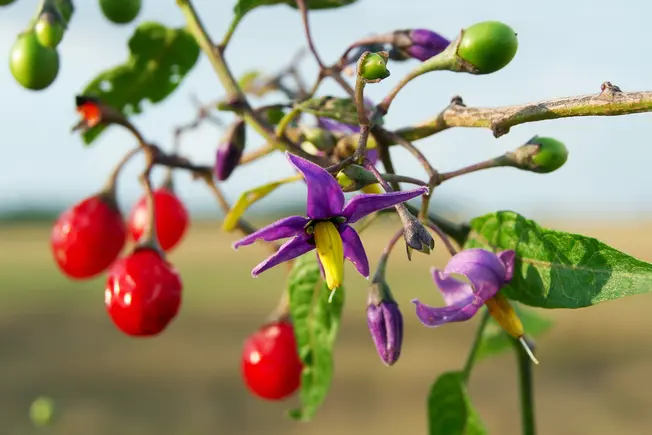
Bitter Nightshade
10/fifteen
This woody perennial has a stem that grows through the yr. Information technology can achieve up to 6 feet. Purple flowers in groups of three or more than flower around July or Baronial. Kids are sometimes drawn to the roundish, juicy, sleeky, blood-red, poisonous berries. The poison (solanine) can give you headache, drowsiness, stomachache, airsickness, trembling, lowered temperature, dilated pupils, and diarrhea. If you recall someone'southward eaten it, become them to a doctor right away.
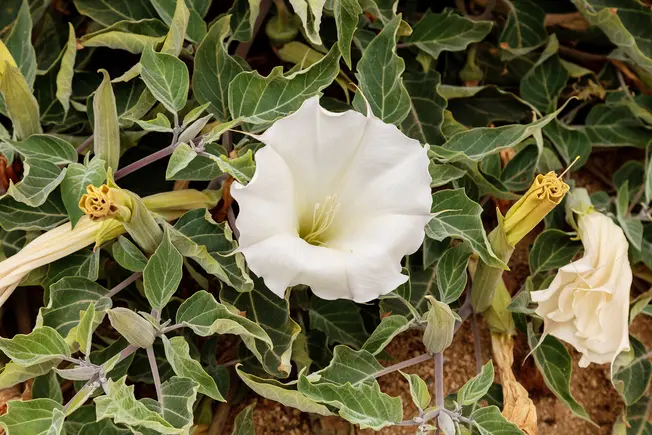
Jimsonweed
11/15
This strong-smelling nightshade herb has thick stems that abound 4 feet alpine, with leaves up to 3 inches long. Nectar from the white, trumpet-shaped flower could brand y'all sick, along with the leaves, and even the seeds, which some people use to get high. It makes you nauseous, thirsty, and feverish, weakens your pulse, and raises your centre rate. You might even forget where yous are or come across things that aren't there.
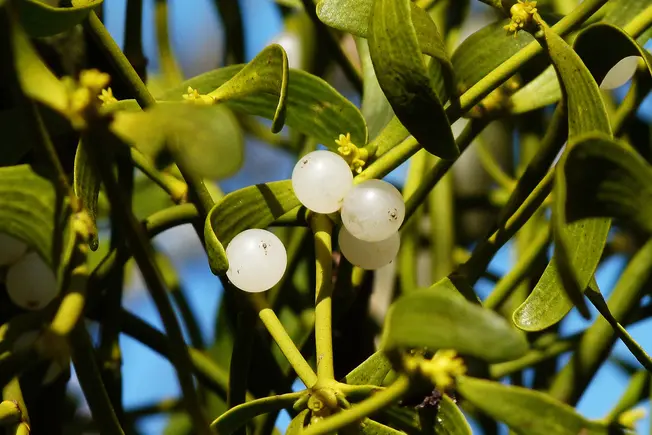
Mistletoe
12/fifteen
This plant lives off of other trees and shrubs, which makes it a parasite. Its stems are thick and like shooting fish in a barrel to break, with lots of branches. The leaves are often thick and stay light-green all year. Its little yellowish flowers don't have petals. The pocket-size, white berries accept 1 seed and contain a pasty, poisonous lurid. Keep this common Christmas holiday tradition away from kids and pets. The berries tin give you lot diarrhea and boring or finish your heart.
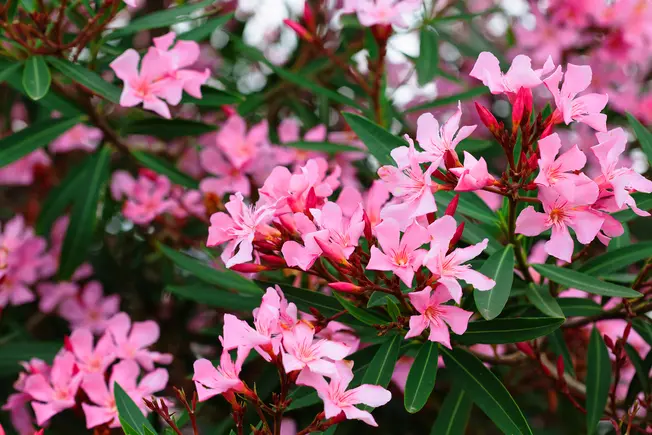
Oleander
13/15
This tall shrub has long, leathery leaves that grow in groups of three. Bright clusters of flowers bloom at the ends of branches in colors that vary from crimson and pink to white. All parts of the found are very poisonous. Just one foliage is plenty to kill an adult. You may take serious stomach pain, diarrhea, vomiting, dilated pupils, dizziness, and breathing problems.
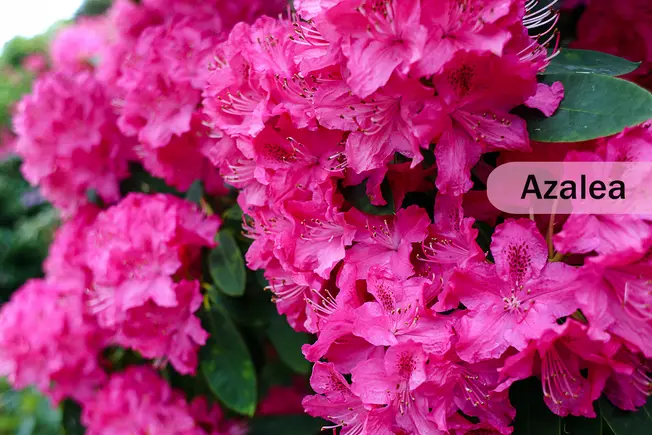
Azalea and Rhododendron
14/15
Roman soldiers got sick on "mad honey" made from these flowers in the first century BCE. Historians think their enemies in Turkey gave it to them to weaken them before battle. It worked: The Romans lost. The leaves, nectar, and flowers of these bushes tin can poison yous too, though you'd need to swallow a lot. It irritates the oral cavity and could brand you nauseated enough to vomit. Kids may mistake it for honeysuckle and swallow the nectar.

If Y'all Suspect Poison
15/xv
Act fast. Call 911 if someone has a seizure, has trouble animate, or loses consciousness. If your throat or rima oris feels burned or irritated, effort to potable a little milk or h2o. Get away from any suspected toxic fumes and into the fresh air. If the toxicant got onto your pare, rinse it quickly. If it got into your eyes, rinse them with saline drops if you tin. Keep information technology up for xv to 20 minutes. Telephone call toxicant control equally soon as possible for instructions nearly specific poisons.
IMAGES PROVIDED Past: one) Thinkstock Photos ii) Thinkstock Photos 3) Freekee / Wikimedia iv) Thinkstock Photos 5) Thinkstock Photos half-dozen) Molecular Bioscience, UQ 7) Thinkstock Photos 8) Thinkstock Photos 9) Thinkstock Photos 10) Thinkstock Photos eleven) Thinkstock Photos 12) Thinkstock Photos 13) Schnobby / Wikimedia 14) Thinkstock Photos xv) Thinkstock Photos 16) Thinkstock Photos SOURCES: Cleveland Dispensary: "Poison Plants: Poison Ivy, Poisonous substance Oak & Poisonous substance Sumac." Mayo Clinic Good Answers: "Are poinsettia plants poisonous?" National Capital letter Poison Center: "If Yous Suspect A Poisoning...Human activity Fast!" "Foxglove: Toxic to the Heart," "Azaleas and Rhododendrons." Ohio State University Extension: "Giant Hogweed (Heracleum mantegazzianum)." Us Department of Agronomics: "Poison Hemlock (Conium maculatum)." University of Illinois Extension: "Plants That Cause Peel Irritation." Weed Society of America: "Mistletoe," "Oleander," "Jimsonweed, thornapple, datura," "Bitter nightshade." University of Queensland: "Native stinging tree toxins match the pain of spiders and cone snails." Show Sources
Source: https://www.webmd.com/skin-problems-and-treatments/ss/slideshow-poison-plants-guide
Posted by: goodmancrooking1973.blogspot.com

0 Response to "What Is The Name Of The Poison That Makes Animal Thitsty"
Post a Comment